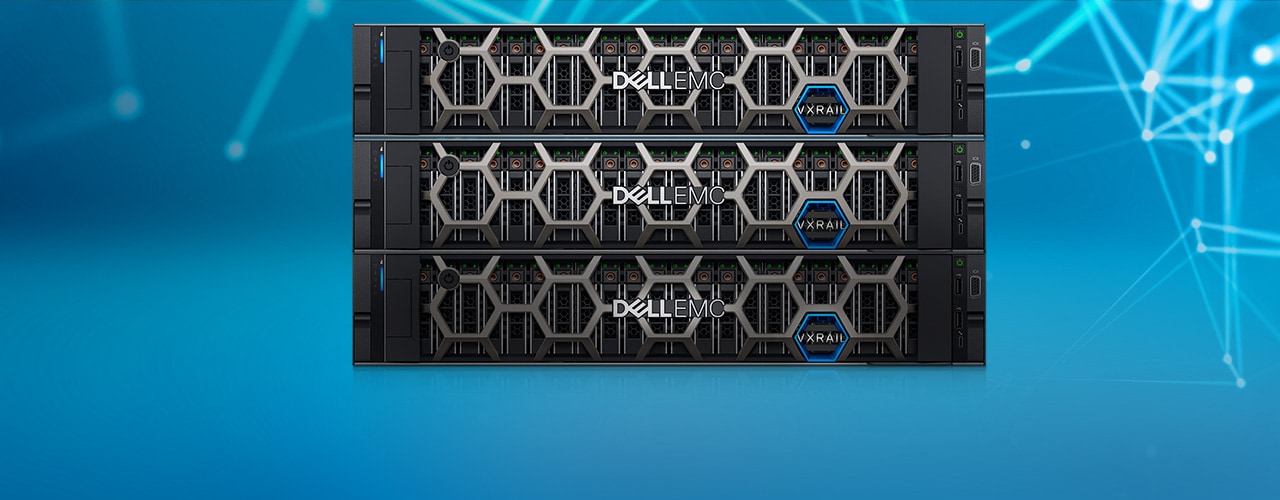Are you spending too much time managing your infrastructure and not enough time innovating? In today’s fast-paced digital landscape, the agility and efficiency of your IT infrastructure are paramount. That’s where VxRail HCI comes in. VxRail is a hyperconverged infrastructure appliance from Dell Technologies, designed to simplify IT operations by integrating compute, storage, and networking into a single, easily managed platform.
This integrated approach helps businesses of all sizes reduce complexity, improve scalability, and accelerate their journey to the cloud. In this article, we’ll explore the key benefits of VxRail, how it works, and why it might be the perfect solution to streamline your IT environment and free you up to focus on what truly matters: growing your business.
Understanding VxRail HCI: A Deep Dive
VxRail has emerged as a leader in the hyperconverged infrastructure arena. It streamlines IT operations and offers numerous gains. It’s a choice worth considering for modern infrastructures.
This article delves into the core of VxRail. We will examine its features, advantages, use cases, and potential drawbacks. This helps you decide if it suits your organizational goals.
We’ll explore how VxRail can boost performance, reduce costs, and streamline management. Let’s unlock VxRail’s potential for your enterprise environment.
What is Hyperconverged Infrastructure (HCI)?
HCI converges compute, storage, and networking into a single system. Software defines resource allocation and management. It makes IT infrastructure easier.
Think of it as simplifying complex IT into a single, manageable unit. This approach offers increased agility and reduced complexity. It is great for your business.
Traditionally, these components were separate. With HCI, all are virtualized and controlled by a software layer. It offers better allocation.
HCI enhances scalability and resource efficiency. It makes it ideal for a range of workloads. This covers everything from general virtualization to intensive tasks.
Key Features and Benefits of VxRail

VxRail is an HCI appliance jointly engineered by Dell Technologies and VMware. It delivers seamless integration with the VMware ecosystem.
This tight integration provides a consistent and familiar management experience. It’s excellent for organizations already invested in VMware solutions. It simplifies operations.
VxRail offers automated deployment and management capabilities. These features dramatically reduce the time and resources required. This is required to maintain the infrastructure.
VxRail supports various hardware configurations. You can customize it to meet the specific needs of different workloads. It provides much needed flexibility.
Enhanced data protection and disaster recovery are inherent aspects of VxRail. It offers business continuity. It supports resilience in demanding environments.
Use Cases for VxRail
VxRail is well-suited for a range of applications. It covers everything from supporting virtual desktop infrastructure (VDI). It even covers handling enterprise workloads.
For organizations expanding existing VMware environments, VxRail provides a natural and efficient solution. This will give a very familiar experience.
Remote offices and branch offices (ROBO) benefit from VxRail’s simplified management and small footprint. It’s perfect for limited IT resources.
VxRail supports cloud-native applications. It provides a robust platform for modern application development and deployment. This keeps you ahead of the game.
It’s also suitable for handling data-intensive applications. These include databases and analytics. VxRail offers the needed performance and scalability.
Comparing VxRail to Other HCI Solutions
While other HCI solutions exist, VxRail distinguishes itself through its deep integration with VMware. This tight integration offers a seamless experience.
Competitors like Nutanix offer their own hypervisor and management layer. This gives a different approach to HCI management.
Choosing between VxRail and other solutions depends on existing infrastructure. Consider management preferences and specific workload requirements.
Consider factors like ease of deployment, management tools, and vendor support. This will give you an objective view of the decision.
Challenges and Considerations When Implementing VxRail
Implementing VxRail requires careful planning. It’s crucial to ensure compatibility with existing infrastructure. Do it before the upgrade.
Organizations should also consider the upfront cost of VxRail appliances. Also, ongoing software licensing fees are necessary for the full package.
Proper training is essential for IT staff to effectively manage the VxRail environment. It’s important to be properly ready for implementation.
Assess network bandwidth and latency. This ensures optimal performance, especially in distributed environments. Consider the full system.
Evaluating the long-term total cost of ownership (TCO) is critical. It helps organizations make informed decisions. Check it thoroughly.